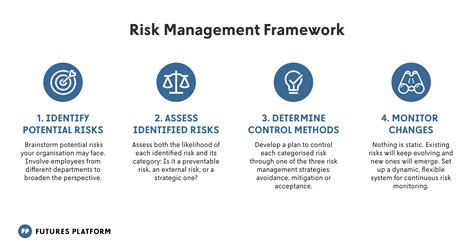- تاریخ انتشار : جمعه ۱۰ اسفند ۱۴۰۳ - ۱۸:۲۶
- کد خبر : 2044 چاپ خبر
Risk Management Strategies For Trading With Tether (USDT)
Title: Risk management strategies with Tether (USDT): Comprehensive guide to minimize the risk of cryptocurrency markets Introduction Cryptocurrencies have experienced significant price and volatility movements over the years, so risk management is a fundamental aspect of trade. Tether (USDT), one of the most used cryptocurrencies such as Stabecoin, offers a relatively stable platform for merchants
Title: Risk management strategies with Tether (USDT): Comprehensive guide to minimize the risk of cryptocurrency markets
Introduction
Cryptocurrencies have experienced significant price and volatility movements over the years, so risk management is a fundamental aspect of trade. Tether (USDT), one of the most used cryptocurrencies such as Stabecoin, offers a relatively stable platform for merchants to carry out minimal risk transactions. However, merchants must use effective risk management strategies to relieve potential losses and maximize yields, even with layer stability. In this article, we will explore several risk management techniques for trade with Tether (USDT) for readers to navigate the cryptocurrency market.
To understand the risk
Before entering risk management strategies, it is essential to understand the risks related to cryptocurrency trade. These risks include:
- Market volatility : cryptocurrency prices can fluctuate quickly and unpredictably.
- Liquidity risks : Limited liquidity can lead to higher transaction rates and slower implementation times.
- Regulatory risks : Changes in the regulatory environment can affect the acceptance and use of cryptocurrency.
- Security risks : Philos, piracy and other security violations can cause losses.
Risk Management Strategies for Terher (USDT)
- Position size
The size of the size is critical in cryptocurrency trade. A general approach is to distribute one percent of your account to the individual trade, ensuring that it represents a risk of more than 2-5% per operation.
- Example: If your account has $ 10,000 and wish to perform 100 operations with Tether (USDT), the position would be $ 1,000 to $ 5,000 per operation.
- Loss arrest orders
The arrest arrest orders promote restrictions on potential losses by automatically selling coins at a default price after reaching a certain level.
- Example: If the arrest request is established at 10% of the purchase price and the tied (USDT) is purchased for $ 1,000, the stop -los would sell the medal for $ 100. To avoid selling at this price, you must buy more currencies to maintain a higher price.
- Take orders for profit purposes
Income purposes orders help in profits by automatically selling coins at a default price after reaching a certain level.
- Example: If the purchase order is established in 20% of the purchase price and the Tethert (USDT) buys for $ 1,000 per currency, the currencies would be sold for $ 200. To avoid selling at this price, you must buy more currencies to maintain a higher price.
- Risk search ratio
The risk-benefit ratio is essential in cryptocurrency trade. Determine how much risk is willing to run in exchange for possible rewards.
- Example: The risk rate 1: 3 means that each investment can expect $ 1 to win $ 3 or more (in this case $ 30).
- Average dollar cost
The average cost in dollars includes investing in the amount of money registered at regular intervals, regardless of market conditions.
- Example: If you invest $ 500 per month in the tied (USDT) through an automated negotiation bot, the average cost per currency is $ 1,667 ($ 500 per month (\ times) 12 months/year).
- Leverage management

Leverage can improve potential gains, but also increases potential losses. Be careful if you use leverage and use it cleanly.
- Example: If you use an leverage ratio of 100: 1 with Tether (USDT) and merchandise with $ 10,000, your maximum loss would be $ 1,000. However, if the market moves against you, you can lose more than only $ 1,000 initial losses.
- Commercial size
Trade size can significantly affect risk management. The size of greater trade reduces the possibility of significant losses while continuing to allow trade.
لینک کوتاه
برچسب ها
- نظرات ارسال شده توسط شما، پس از تایید توسط مدیران سایت منتشر خواهد شد.
- نظراتی که حاوی تهمت یا افترا باشد منتشر نخواهد شد.
- نظراتی که به غیر از زبان فارسی یا غیر مرتبط با خبر باشد منتشر نخواهد شد.
ارسال نظر شما
مجموع نظرات : 0 در انتظار بررسی : 0 انتشار یافته : 0